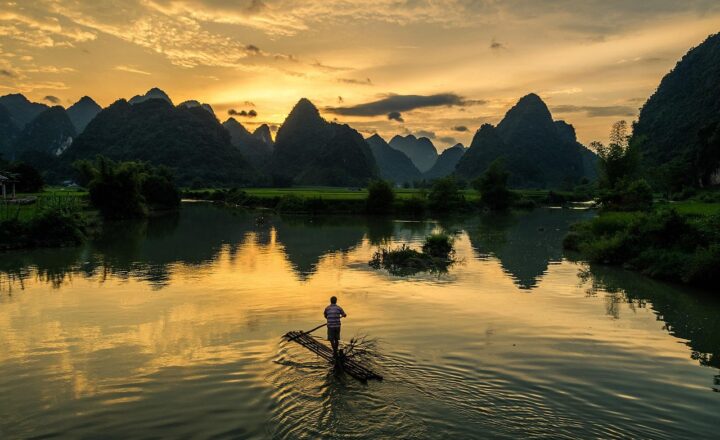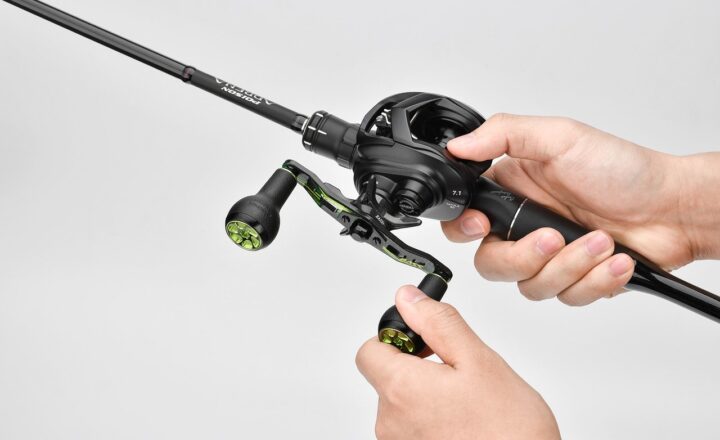
Fishing is not just a hobby; it’s an art form mastered by many and an adventure pursued by even more. For some, fishing is a casual pastime; for others, it’s a path to serenity and connection with nature. But what separates the amateurs from the pros? In this comprehensive guide, we’ll delve into the secrets of expert anglers, exploring techniques, tips, and gear that will elevate your fishing game and ensure you catch more than just a glimpse of your favorite fish.
1. Understanding Different Types of Fishing
Before you can fish like a pro, you must understand the various types of fishing techniques. Each method has its unique charms, set of challenges, and suitable conditions:
- Freshwater Fishing: This includes catching fish in rivers, lakes, and ponds. Ideal species include bass, trout, and catfish. Understanding water types and seasonal changes is crucial for success in freshwater fishing.
- Saltwater Fishing: Often more challenging than freshwater fishing, saltwater fishing happens in oceans and seas. Here, you might encounter species like marlin, tuna, and snapper. Proper gear, bait, and knowledge of tides are essential to excel in saltwater fishing.
- Fly Fishing: A more artistic approach where casting a lightweight lure (the fly) mimics natural food sources. It requires practice and skill to master casting techniques, making it a rewarding challenge for anglers who pursue it.
- Ice Fishing: A unique experience that involves fishing from under a frozen surface. This requires different gear, appropriate techniques, and understanding fish behavior during cold months.
As you decide your fishing method, consider local regulations, weather conditions, and personal preferences to enhance your experience and increase your success rate.
2. Gear Up Like a Pro
Having the right gear is fundamental in fishing. Here’s what top anglers recommend:
- Rods and Reels: A sensitive yet sturdy rod helps maintain control when reeling in a large catch. Match the rod length and action (stiffness) to your target species. Choose a reel that suits your fishing style and provides smooth performance.
- Bait and Lures: Different fish species prefer various types of bait, from live bait like worms to artificial lures mimicking their prey. Experiment with colors, sizes, and types of lures to find what attracts the fish you seek.
- Tackle Box Essentials: A well-stocked tackle box is a pro-fisherman’s best friend. Include items like hooks, weights, bobbers, and pliers. Keep it organized to quickly access what you need on the water.
- Safety Gear: Never underestimate the value of safety. Wear a life jacket, bring a first-aid kit, and have sun protection. Staying safe means you can focus on fishing without worry!
Investing in quality fishing gear will undoubtedly boost your angling experience and increase your chances of landing that trophy catch.
3. Mastering the Art of Technique
Technique can make all the difference when it comes to fishing. Here are several secrets from the pros that you can incorporate into your fishing trips:
- Casting Techniques: The right cast can get your bait exactly where you want it. Practice different casts (overhead, sidearm, roll cast) to know which works best for your chosen environment. Use proper wrist motion for accuracy and distance.
- Understanding Fish Behavior: Fish are creatures of habit. Learn about their feeding patterns, preferred depths, and migration habits to find success during your outings. Early mornings or late afternoons are often prime times for fishing.
- Drift Fishing vs. Anchor Fishing: Different techniques suit different environments. Drift fishing allows you to cover a wider area, while anchoring can help target specific spots. Assess the conditions and determine what’s optimal on your trip.
- Patience and Persistence: Effective anglers are patient. Instead of casting continuously, observe the water and watch for signs of fish activity. If nothing is biting, try switching spots or lures instead of giving up immediately.
By refining your approach and understanding the environment, you can replicate the success of top anglers consistently.
4. Location, Location, Location!
The best anglers know that success often comes down to location. Here are some tips for finding optimal fishing spots:
- Research Local Waters: Before venturing out, familiarize yourself with local lakes, rivers, or coastal areas. Online resources and local forums can provide valuable insights into where the fish are biting and during what times of year.
- Use Technology: GPS devices and fishing apps can help you locate hot spots, track weather changes, and plan your trips more precisely. Take advantage of technology to enhance your fishing strategy.
- Observe Other Anglers: If you see other anglers consistently catching fish, don’t hesitate to ask for tips or share in the experience. Observing their techniques can improve your own skills.
- Follow Seasonal Patterns: Fish are influenced by seasonal changes. Paying attention to these patterns can assist in choosing the right time and place for your fishing. In spring, fish are typically moving towards shallows, while in summer, deeper water can be more productive.
Learning to read the environment and adapt your approach based on location is vital for any aspiring angler.
5. The Importance of Conservation
Responsible fishing practices not only help preserve fish populations but also safeguard the environments where you fish. Pro anglers follow these conservation tips:
- Catch and Release: If you’re not fishing for food, practice catch and release to help maintain healthy fish populations. Handle fish gently and return them to the water as quickly as possible to minimize stress and injury.
- Follow Local Regulations: Abide by local fishing laws, including size and bag limits. These regulations are in place to protect fish populations and ensure the ecosystem thrives for future generations.
- Pick Up After Yourself: Leave your fishing spot cleaner than you found it. This not only helps the environment but also sets a good example for other anglers.
- Educate Others: Share your knowledge about responsible fishing with fellow anglers and newcomers to the sport. The more people understand the importance of conservation, the healthier our waters become.
By prioritizing sustainable practices, you’ll contribute to the long-term health of fish populations and the overall ecosystem, allowing future generations to enjoy fishing just as you do.
Conclusion
Fishing like a pro requires dedication, knowledge, and respect for the environment. By understanding different fishing types, investing in the right gear, refining your techniques, choosing the best locations, and practicing conservation, you’re not just casting lines; you’re immersing yourself in the rich world of angling. Whether you’re fishing for sport, relaxation, or a delicious meal, these secrets from expert anglers will not only increase your catch rate but also enhance your overall experience on the water.
So grab your fishing rod, gather your gear, and set off on your next aquatic adventure—all the pro fishing secrets are now at your disposal!





